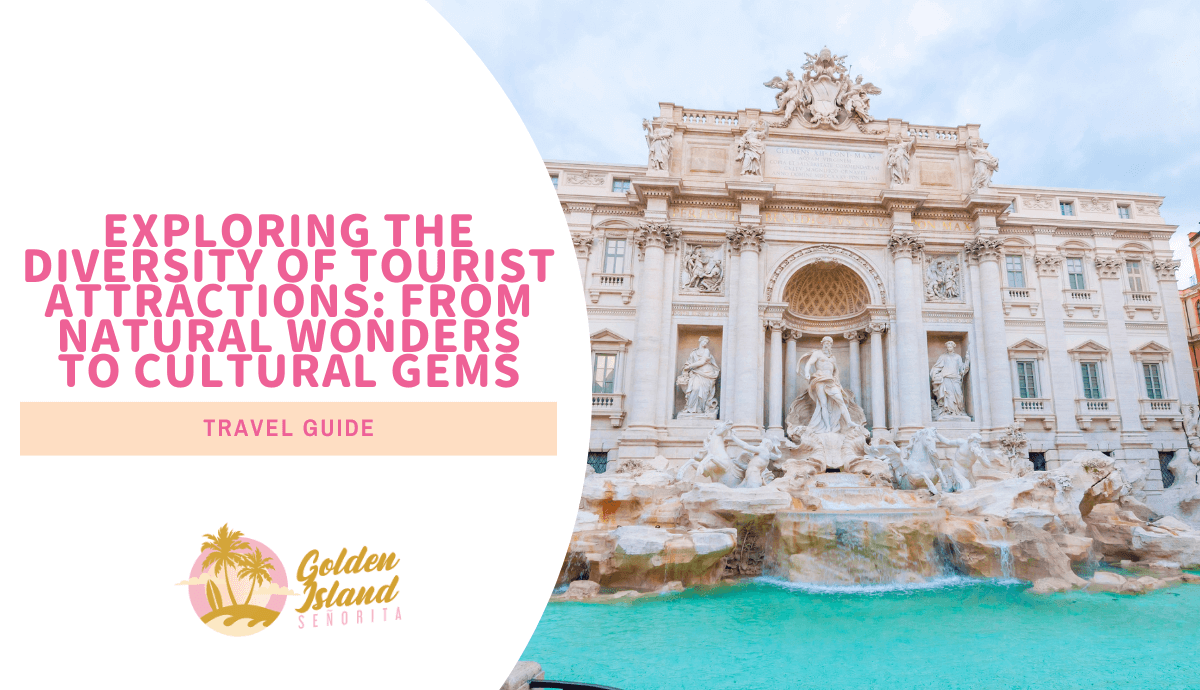Tourism, as an industry, has evolved significantly over the years, and today, it stands as one of the world’s largest economic sectors. The global wanderlust continues to grow, with travelers seeking diverse experiences that cater to their unique interests and passions. In this pursuit, the world offers an astonishing array of tourist attractions, each designed to captivate, educate, and inspire visitors.
Tourist attractions can be categorized in various ways based on their characteristics and appeal. Here are some common types of tourist attractions, arranged by category or type:
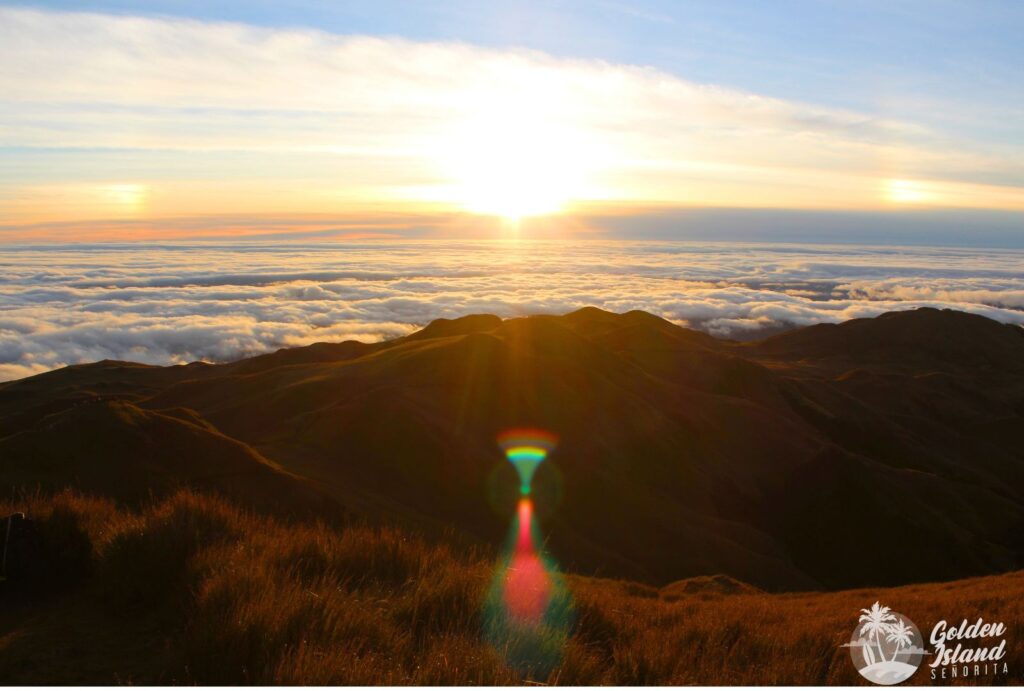
1. Natural Attractions:
Are geographical features, landscapes, and phenomena found in the natural environment that are considered remarkable, captivating, or beautiful. These attractions are typically unaltered by human intervention and often draw visitors due to their inherent scenic or geological value. Natural attractions can encompass a wide range of features and experiences in the natural world, including:
- National Parks: Protected areas with unique landscapes, flora, and fauna.
- Beaches: Coastal areas with sandy shores, water sports, and scenic views.
- Mountains: High-altitude destinations for hiking, skiing, and mountaineering.
- Waterfalls: Natural cascades of water that are often visually stunning.
- Caves: Underground formations with stalactites, stalagmites, and unique geology.
- Lakes: Scenic bodies of water offering boating, fishing, and relaxation.
- Forests and Jungles: Dense greenery and wildlife-rich ecosystems.
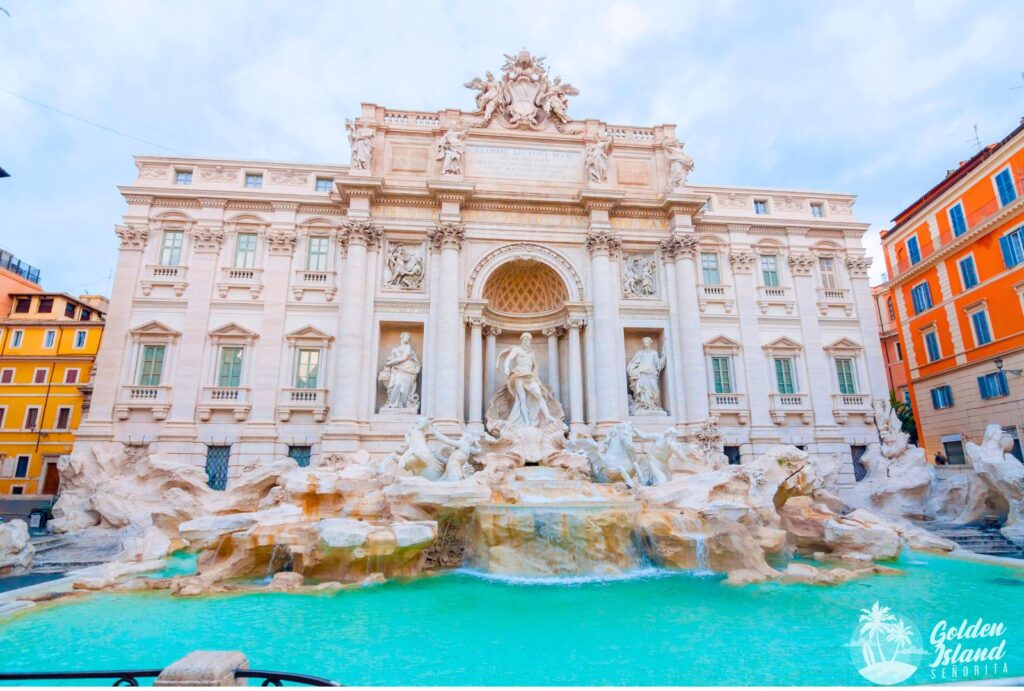
2. Cultural Attractions:
Places, events, and experiences that showcase the cultural heritage, traditions, and artistic expressions of a particular region, community, or group of people. These attractions are intended to educate, entertain, and provide insight into the customs, history, arts, and values of a specific culture or cultural group. Cultural attractions can take various forms and may include the following:
- Museums: Institutions housing art, history, science, and cultural artifacts.
- Historical Sites: Locations of significant past events or architectural importance.
- Art Galleries: Spaces showcasing visual arts, paintings, and sculptures.
- Theaters and Performing Arts Centers: Venues for live music, theater, and dance.
- Religious Sites: Churches, temples, mosques, and other places of worship.
- Heritage Villages: Preserved towns or villages showcasing local traditions.
- Monuments and Memorials: Structures commemorating historical figures or events.
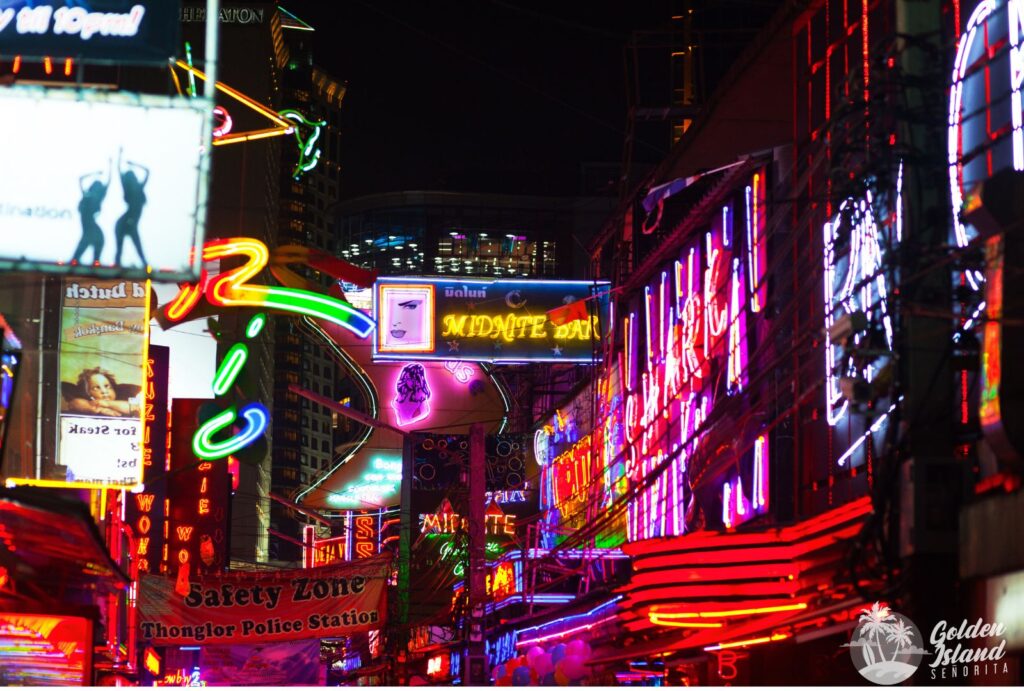
3. Urban Attractions:
Refer to points of interest, activities, and destinations located within cities and urban areas that draw visitors due to their cultural, entertainment, historical, or recreational significance. These attractions are typically found in bustling urban environments and offer a wide range of experiences and opportunities for exploration.
- Skyscrapers: Tall buildings offering panoramic views of the city.
- City Parks: Green spaces for picnics, recreation, and relaxation.
- Zoos and Aquariums: Facilities showcasing animals and marine life.
- Shopping Districts: Areas known for boutique shops and markets.
- Entertainment Complexes: Theme parks, casinos, and entertainment hubs.
- Food and Dining: Restaurants, street food, and culinary experiences.
- Nightlife: Bars, clubs, and music venues for evening entertainment.
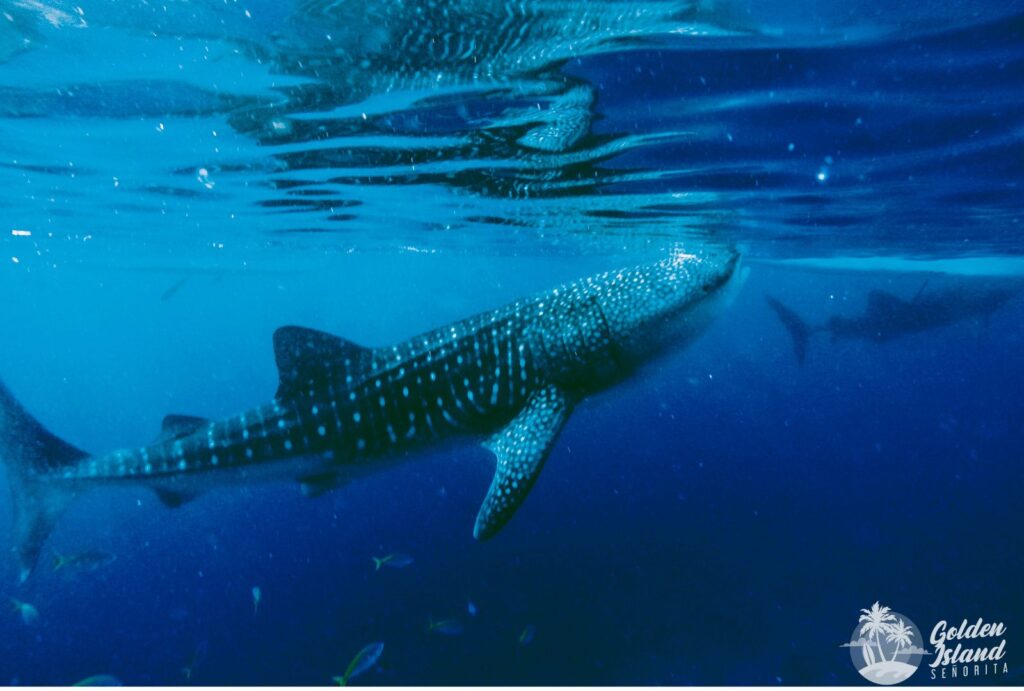
4. Adventure and Outdoor Attractions:
Destinations, activities, and experiences that take place in natural or outdoor environments and are characterized by excitement, physical challenge, and a sense of exploration. These attractions are designed to provide individuals with thrilling and adventurous experiences in settings such as mountains, forests, rivers, and other natural landscapes. They often involve outdoor activities that require physical effort, skill, and a spirit of adventure.
- Adventure Sports: Destinations for activities like rafting, paragliding, and zip-lining.
- Wildlife Safaris: Guided tours to observe wild animals in their natural habitat.
- Scenic Drives: Routes with breathtaking views and picturesque landscapes.
- Hiking and Trekking Trails: Paths for outdoor enthusiasts and nature lovers.
- Camping Sites: Places for outdoor camping and stargazing.
- Ski Resorts: Winter sports destinations with skiing and snowboarding.
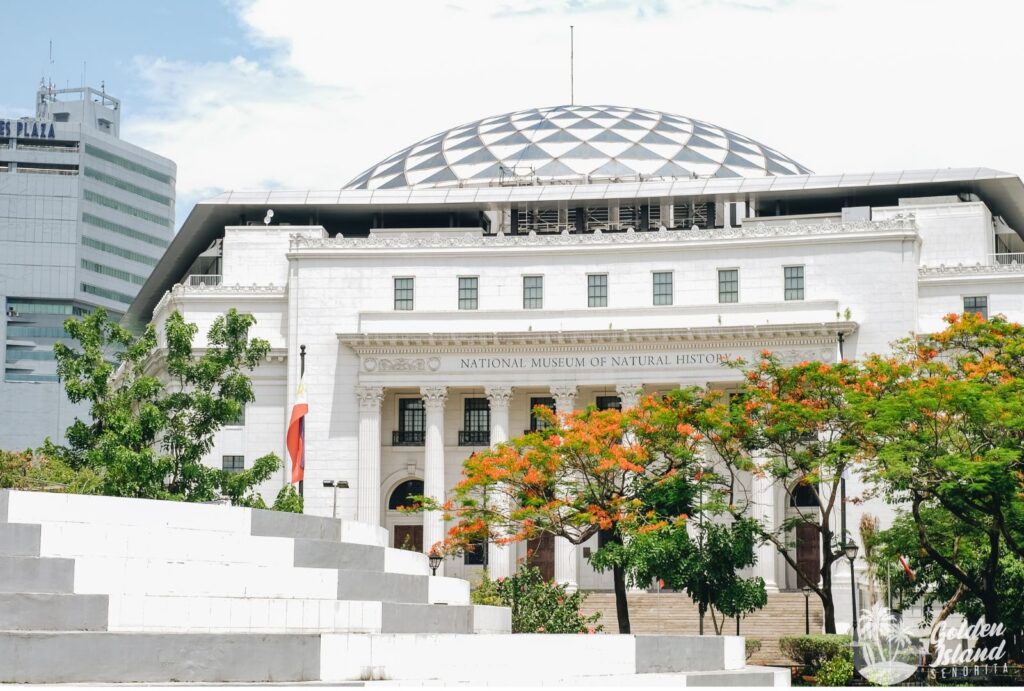
5. Educational Attractions:
Places or experiences specifically designed to provide educational value and knowledge to visitors. These attractions aim to inform, engage, and inspire individuals by offering opportunities for learning, exploration, and enrichment. Educational attractions often cover a wide range of topics, including science, history, culture, art, and more. They are intended to be both entertaining and informative, making the learning process enjoyable and engaging for people of all ages.
- Science Centers: Interactive exhibits on science and technology.
- Planetariums: Facilities for astronomy and space exploration education.
- Botanical Gardens: Gardens featuring diverse plant species.
- Educational Tours: Guided tours to learn about local history or industries.
- Culinary Classes: Workshops and cooking classes for food enthusiasts.
- Language and Culture Centers: Places to learn about local languages and traditions.
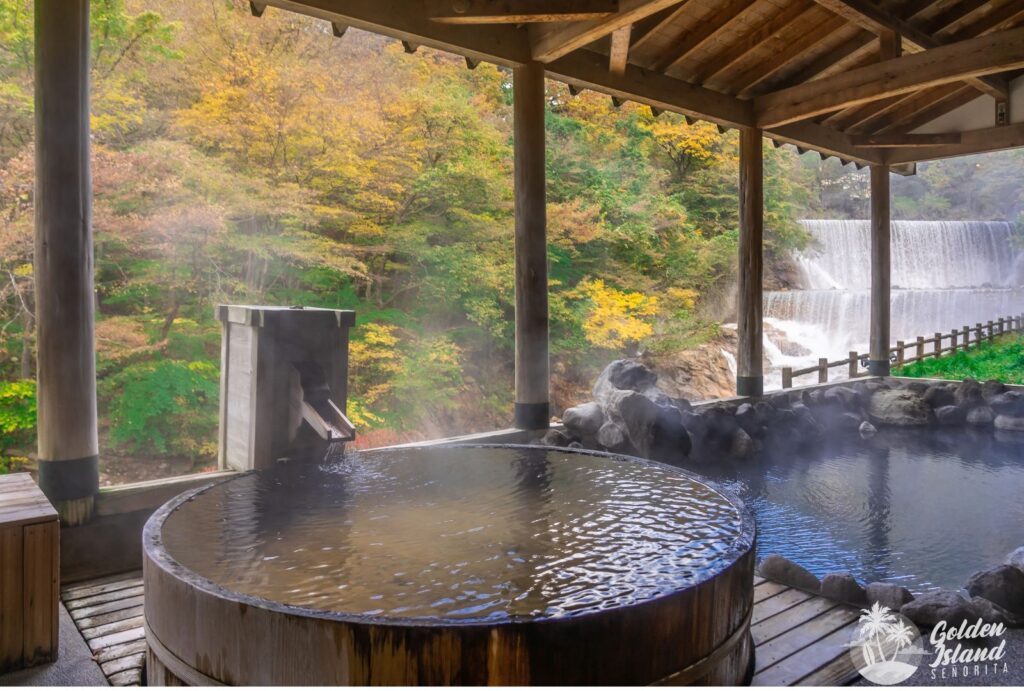
6. Relaxation and Wellness Attractions:
Refers to places or experiences where individuals can unwind, rejuvenate, and focus on their physical and mental well-being. These attractions are designed to promote relaxation, reduce stress, and enhance overall wellness:
- Spas and Wellness Centers: Facilities for relaxation and rejuvenation.
- Hot Springs: Natural geothermal pools with therapeutic properties.
- Meditation Retreats: Centers for meditation and mindfulness practices.
- Yoga Retreats: Locations for yoga, meditation, and holistic wellness.
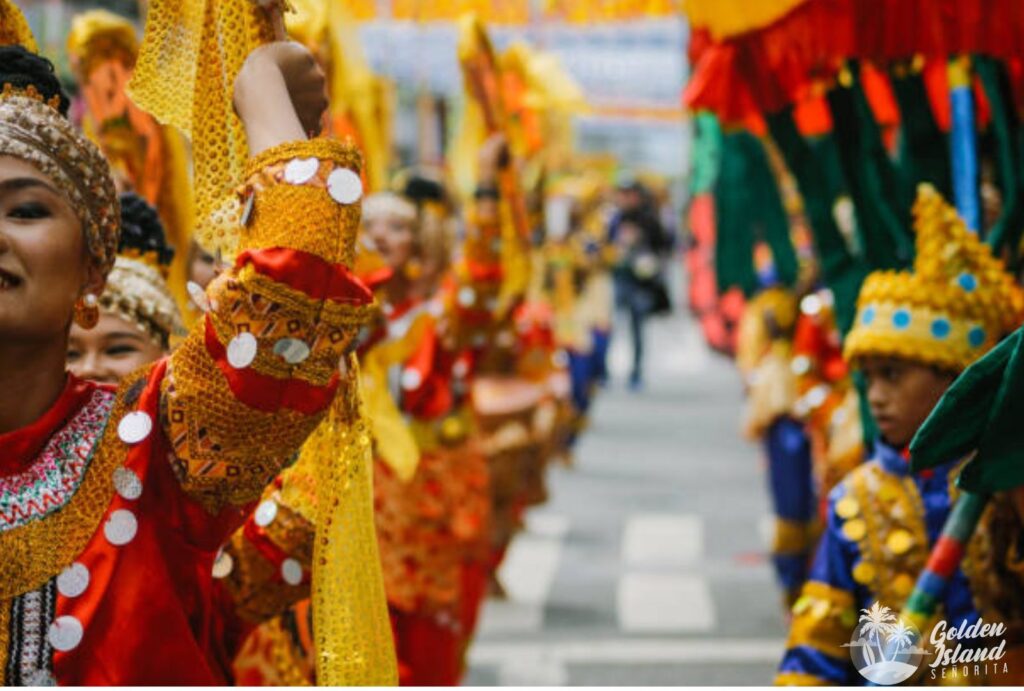
7. Special Events
A type of action or activity that involves the planning, organization, and execution of unique and noteworthy occasions. These events are typically designed to provide a memorable experience for participants and attendees. Special events often have a specific purpose or theme, and they can take various forms. Here are some examples of special events:
- Concerts and Music Festivals: Live music performances by renowned artists or festivals that showcase a variety of musical genres, attracting music enthusiasts from all over.
- Sports Events: Major sporting competitions such as the Olympic Games, FIFA World Cup, Super Bowl, and local tournaments that draw fans and athletes alike.
- Cultural Festivals: Celebrations of cultural heritage, such as Diwali festivals, Chinese New Year parades, or Mardi Gras celebrations.
- Exhibitions and Trade Shows: Events where businesses and organizations showcase their products, services, and innovations to potential customers or partners.
- Fashion Shows: Runway presentations of the latest clothing and fashion trends by designers, often during Fashion Weeks in cities like Paris, Milan, and New York.
- Film Festivals: Events that screen a selection of films, often featuring premieres and discussions with filmmakers, like the Cannes Film Festival or Sundance Film Festival.
- Charity Galas: Fundraising events that combine entertainment and philanthropy, often attended by celebrities and high-profile donors.
- Weddings: Special ceremonies and celebrations uniting couples in marriage, often personalized to reflect the couple’s preferences and cultural traditions.
- Awards Shows: Ceremonies that recognize achievements in various fields, such as the Academy Awards (Oscars) for the film industry or the Grammy Awards for music.
- Political Rallies and Campaign Events: Gatherings organized to support political candidates or causes, featuring speeches, rallies, and interactions with politicians.
- Parades: Processions celebrating holidays, cultural pride, or specific events, such as Thanksgiving parades, St. Patrick’s Day parades, or Pride parades.
- Theme Park Events: Special events within theme parks, like Halloween Horror Nights at Universal Studios or seasonal celebrations at Disney parks.
- Food and Wine Festivals: Events showcasing culinary delights and beverages from a specific region or cuisine, such as the Taste of Chicago or the Bordeaux Wine Festival.
- Art and Craft Fairs: Gatherings where artists and artisans display and sell their work, often featuring live demonstrations and interactive experiences.
- Conference and Summit Events: Meetings and gatherings of professionals, experts, and enthusiasts focused on specific industries, topics, or fields, such as technology conferences or climate change summits.
As you plan your next adventure or seek inspiration for your travels, remember the myriad options that await. Whether it’s the serene beauty of natural landscapes, the richness of cultural heritage, the excitement of urban life, the thrill of outdoor escapades, or the pursuit of personal well-being, the world offers something for everyone.
So, whether you’re embarking on a grand journey or exploring your local surroundings, let the diverse spectrum of tourist attractions be your guide. Each one has a story to tell, a lesson to teach, and an adventure to offer. Embrace the opportunity to discover, learn, and create lasting memories in the world’s most captivating destinations.
As you embark on your next adventure, keep these insights in mind, and may your travels be filled with wonder, discovery, and the joy of exploration. Safe travels!”

